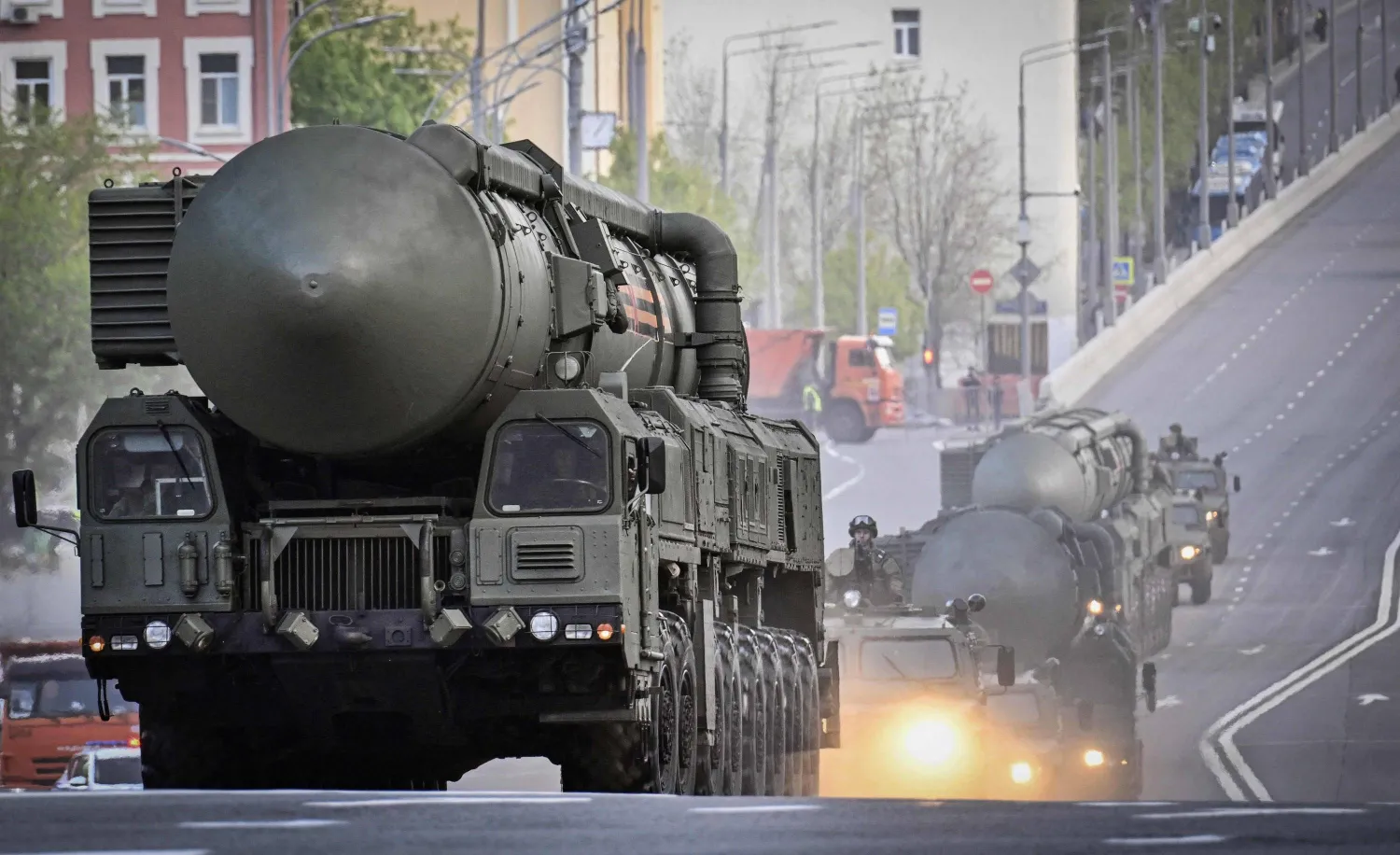Iranian forces have pulled out of bases in Damascus and southern Syria, moving away from the border with the Golan Heights. This suggests Iran might be stepping back from its confrontation with Israel, but it's not clear if this is a temporary move or part of a bigger regional shift.
The withdrawal follows strikes targeting key figures in the Iranian Revolutionary Guard. Iran says it’s a precautionary move after recent attacks it blames on Israel.
In early April, a missile attack, which Tehran accuses Israel of mounting, hit the Iranian consulate, killing seven Revolutionary Guard members, including senior commander Mohammad Reza Zahedi, the highest-ranking Iranian military official in Syria.
Iran responded with a drone and missile strike on Israel, its first direct assault. Israel reportedly retaliated with strikes inside Iran.
This shift marks a change in Iran’s military presence in Syria, potentially signaling a new approach to the region’s dynamics.
Recent reports, some citing Iranian sources, suggest Iran is reducing its presence in Syria. However, Iraqi politicians, including a key Shiite leader, reject the idea that Iran is giving up on Syria’s strategic importance in its conflict with Israel.
One politician suggests that Iran’s presence in Syria has always been limited, despite talk of Iraqi militants filling the gap left by Iranian forces.
Speaking to Asharq Al-Awsat under the conditions of anonymity, the Iraqi politician said that “despite Iraqi militants’ readiness to fill the void left by Iranian military personnel, the operation could be a camouflage.”
They also pointed out that “Iran's presence – in the commonly understood field sense – has been limited from the start.”
According to a source close to the Lebanon-based Hezbollah, fighters from the group and Iraq have replaced Iranian forces in areas around Damascus, Daraa, and Quneitra.
Two other sources familiar with Iraqi factions say Iran has asked for fighters with Syrian experience, but it’s unclear if they’ve been sent yet.
“Kataib Hezbollah and the Popular Mobilization Forces have received requests from Tehran to send fighters with previous field experience in Syrian territories,” the sources, who requested anonymity, told Asharq Al-Awsat.
These discussions raise questions about Iran’s intentions in Syria.
A former Iraqi official, familiar with Syrian affairs and who had met Syrian President Bashar al-Assad several times between 2015 and 2019, says Iran suspects that Syrian security officers collaborated against Iranians and leaked their movements to others.
The official told Asharq Al-Awsat that “Iran is investigating, and tis close to a conclusion,” but “is taking precautionary measures,” noting that “the reduction in military presence only involves high-ranking figures openly linked to the Revolutionary Guard.”
On April 13, Iranian media quoted Gen. Morteza Qorbani, a senior advisor to the Revolutionary Guard commander, saying that an investigation was ongoing into whether the whereabouts of Zahedi had been leaked.
“Spies are rampant in Syria and Lebanon, and enemies can track individuals through satellites and communication networks (...) It only takes one infiltrator to pass information to enemies,” said Qorbani.
Iran’s suspicions focus on 18 commanders assassinated in attacks attributed to Israel.
According to Bloomberg, a Syrian defector claimed to have spoken with an Iranian official about this.
The defector’s statement suggests that Iran and Syria are jointly investigating security breaches. At one point, Iran conducted a separate investigation with Hezbollah to avoid dealing with Syrian intelligence.
An Iraqi official told Asharq Al-Awsat that Iran admits to facing challenges in Syria. Iraqi groups have been advised by Tehran to enhance phone security or shut them down completely, a tactic also used by Lebanon’s Hezbollah.
Despite suspicions of Syrian security betraying Iran, it’s not prompting Iran to leave Syria.
“Assad offers little strategic value except Syria’s position, crucial for affecting Israel’s security. Iran won't give that up, even if Assad asks them to leave,” revealed the official.
Reports suggest Assad was unaware of security breaches targeting Revolutionary Guard leaders. Iranian forces started withdrawing from Syrian provinces earlier this year, with recent acceleration.
According to the Syrian Observatory for Human Rights, Iranian advisors left various areas, including Baniyas, in March.
Iran still has forces in Aleppo (north) and Deir Ezzor (east), key areas of its influence in Syria.









